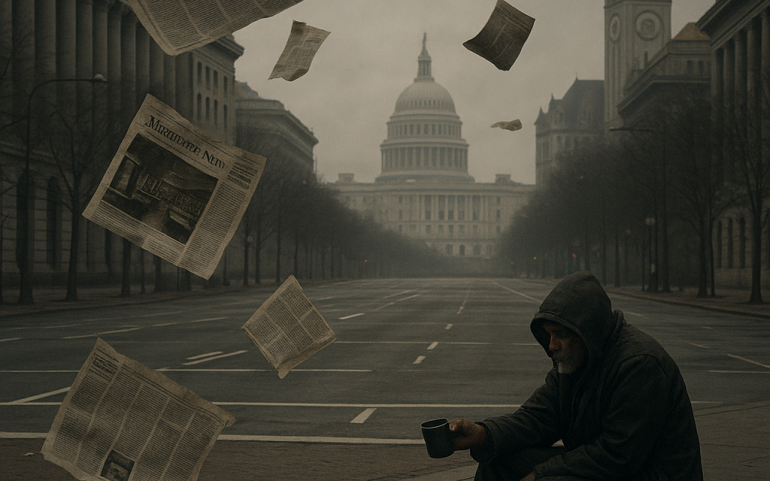The lights go dim on federal operations as the government shutdown begins. But this time, the familiar Democratic response warning, blaming, promising eventual restoration is struggling to land. The rules changed, and Democrats are fighting with yesterday’s playbook.
The Moment of Truth: “Both Sides” Is Now the Frame
Shutdowns always force a narrative battle: who looks responsible, who takes the hit, who persuades the public. But right now, most independents aren’t picking a side they’re leaning on “everyone’s to blame.” That makes old attacks like “Republicans shut it down” half-heard, half-dismissed.
What’s Different This Time Around
Understanding the Impacts of the Government Shutdown
-
The Trust Deficit Is Crushing
People don’t trust institutions. So when Democrats point to “experts” or agency warnings, many respond with skepticism. Warnings from “Washington” just echo generic media noise. -
Rapid GOP Framing & Misdirection
Republicans moved fast: “Democrats forced this shutdown.” That sticker is already on the public’s mind. For Democrats to overturn it, they must fight frame control and fast. -
Procedure Is Background Noise
Talking about CRs, riders, or Senate rules is insider stuff. The public hears “endless deals and D.C. chaos.” They don’t want a class in legislative procedure; they want to know how it hits them in the next few days. -
Shutdown Fatigue Is Real
When you’ve cried “shutdown crisis” repeatedly, you lose shock value. Many already have a baseline assumption: the government always teeters. So new alarms feel recycled. -
The Stakes Must Be Personal – Immediately
Shutdowns are abstract until they bite someone’s grocery card, flight, or paycheck. Right now, Dems must shift to urgency: “Your Social Security checks could be delayed this week.”
What Democratic Messaging Should Do Now (Not Later)
1. Lead With What People Will Actually Feel This Week
-
“Child nutrition programs freeze tomorrow morning.”
-
“Payments to military families delayed.”
-
“Visas and passports paused travel chaos next week.”
2. Use Amplifiers – Real Voices, Not Politicos
Go to the front lines: a federal employee whose paycheck stalls, a mother anticipating food assistance cut, an airport worker staring at booking freezes. Film short videos, run scripts, and let their voices convey the cost.
3. Reclaim Frame by Naming the Vote
Immediately release timestamps and the vote record. “On date/time, this clean ‘keep open’ bill passed but Republicans refused it.” Use those artifacts everywhere.
4. Synchronize One Core Slogan
This message must saturate email, mobile, local TV, social, flyers. Something like:
“Shutdown now. You pay later.”
or
“We tried. They blocked. Americans suffer.”
5. Don’t Debate the Details – Keep It Simple
If people want arguments over spending levels, pensions, riders, let pundits handle it. Your message: “Keep essentials running. Don’t punish people.” If you get in the weeds, you lose the senior moment crowd.
More Than Politics – It’s a Test of Credibility
The public is watching: Who looks reactive? Who looks moral? Who looks effective? Democrats must behave as though resuming services and protecting people is job one not scoring debate points.
Success won’t come from an eventual compromise. It will come from persuading the middle now. The issue isn’t just which party wins the blame it’s who wins trust that can be spent in future fights.

